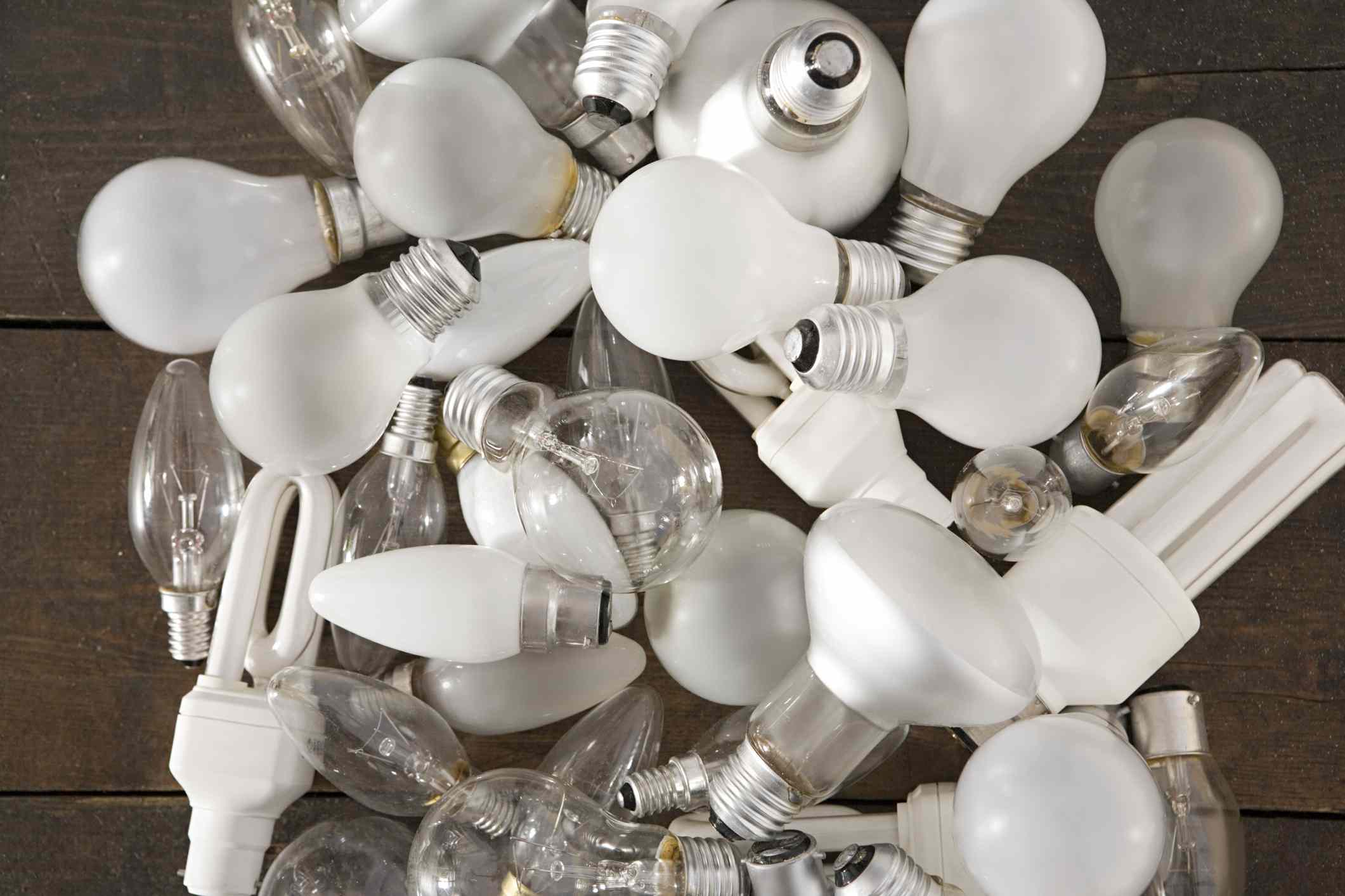

Articles
How To Dispose A Light Bulb
Modified: December 7, 2023
Learn the proper way to dispose of light bulbs with this informative article. Find out where to recycle and how to handle different types of bulbs.
(Many of the links in this article redirect to a specific reviewed product. Your purchase of these products through affiliate links helps to generate commission for Storables.com, at no extra cost. Learn more)
Introduction
Light bulbs are an essential part of our daily lives, providing illumination in our homes, offices, and public spaces. However, when they reach the end of their lifespan, it’s important to dispose of them properly to ensure the safety of the environment and ourselves.
In this article, we will explore the different types of light bulbs and the appropriate methods for their disposal. By following these guidelines, we can contribute to a cleaner and greener future.
Key Takeaways:
- Proper disposal of light bulbs is crucial for environmental safety. Always check local guidelines and recycling options to ensure responsible handling and minimize hazardous substance release.
- Consider upgrading to energy-efficient bulbs like CFLs or LEDs for longer lifespan and less frequent disposal. Responsible disposal practices contribute to a cleaner, greener future.
Read more: How To Dispose An LED Bulb
Types of Light Bulbs
When it comes to light bulbs, there are several different types to choose from. Each type has its own unique characteristics and properties. Understanding these differences is important when it comes to their disposal.
1. Incandescent Light Bulbs: Incandescent bulbs are the traditional and most commonly used type of light bulb. They produce light by passing an electric current through a filament, causing it to glow. While they are inexpensive and provide warm light, they are not as energy-efficient as other options.
2. Compact Fluorescent Bulbs (CFLs): CFLs are more energy-efficient than incandescent bulbs and can last up to ten times longer. They work by passing an electric current through a tube filled with mercury vapor, which then emits ultraviolet light. This light is converted into visible light by a phosphor coating inside the tube. CFLs are a popular choice for energy-conscious consumers.
3. LED Light Bulbs: LED (Light Emitting Diode) bulbs are highly energy-efficient and have a longer lifespan compared to other types of bulbs. They operate by passing an electric current through a semiconductor, which produces light. LED bulbs are available in various colors and can be used in a wide range of applications.
4. Halogen Bulbs: Halogen bulbs are a type of incandescent bulb that use a halogen gas to increase their longevity. They are known for their bright, white light and are commonly used in spotlights and floodlights. Halogen bulbs are more energy-efficient than traditional incandescent bulbs but still less efficient than CFLs and LEDs.
It’s important to note that each type of light bulb requires a specific method of disposal due to the materials they contain. Let’s explore the proper disposal methods for each type to ensure the safe and environmentally friendly handling of these bulbs.
Recycling Incandescent Light Bulbs
Incandescent light bulbs are the most common type of bulb found in homes, but they are not as easily recyclable as some other types. However, there are still ways to dispose of them responsibly.
One option is to check with your local recycling center or municipality to see if they accept incandescent bulbs. Some recycling programs may have designated drop-off locations or scheduled collection events for household hazardous waste, which may include incandescent bulbs.
If recycling is not available in your area, the other option is to wrap the bulb in newspaper or place it in a strong plastic bag before placing it in the regular garbage. This is to prevent the bulb from shattering during transportation, reducing the risk of injury to waste management workers.
When handling incandescent light bulbs, always use caution and handle them gently to avoid breakage. Avoid touching the bulb itself as the oils from your skin can cause the bulb to heat unevenly and potentially shatter.
It is worth noting that incandescent bulbs do not contain hazardous materials like mercury, unlike some other types of bulbs. However, disposing of them properly reduces waste and promotes responsible environmental practices.
It’s always a good idea to check with your local authorities or waste management agency for specific instructions on how to dispose of incandescent light bulbs in your area.
Disposing of Compact Fluorescent Bulbs (CFLs)
Compact Fluorescent Bulbs (CFLs) are a popular choice for energy-efficient lighting, but they require special care when it comes to disposal. This is because CFLs contain a small amount of mercury, which can be harmful to the environment if not handled properly.
Here are the steps to safely dispose of CFLs:
- First, check if your local recycling center accepts CFL bulbs. Many recycling programs have designated drop-off locations specifically for CFLs. You can check online or contact your local waste management department for information on nearby collection points.
- If there are no recycling options available, place the CFL bulb in a sealed plastic bag. This will help contain any potential mercury vapor in the event that the bulb breaks.
- Before placing the sealed bag in your regular trash, check with your local waste management agency to confirm that it is acceptable to dispose of CFLs in this manner. Some areas may have specific guidelines for handling and disposing of CFL bulbs.
- Remember to never throw a CFL bulb in your regular trash without proper containment, as it can release mercury into the environment if broken.
- Consider switching to LED bulbs, which are a safer and more environmentally friendly alternative to CFLs. LED bulbs do not contain mercury and are also highly energy-efficient.
It’s important to note that if a CFL bulb breaks, you should take extra precautions. Open windows and allow the room to ventilate for at least 15 minutes. Use disposable gloves and carefully clean up the broken glass and debris. Place the broken fragments in a sealed plastic bag, and follow the disposal instructions mentioned above.
By following these steps for disposing of CFL bulbs, you can help prevent the release of harmful substances into the environment and promote a cleaner and safer future.
When disposing of light bulbs, check with your local recycling center for proper disposal methods. Some centers accept certain types of light bulbs, while others may require special handling due to the materials inside.
Proper Disposal of LED Light Bulbs
LED (Light Emitting Diode) bulbs are known for their energy-efficiency and longevity. When it comes to their disposal, LED bulbs do not contain hazardous materials like mercury, making them easier and safer to handle.
While LED bulbs have a significantly longer lifespan than other types of bulbs, there may come a time when they need to be replaced. Here are some guidelines for the proper disposal of LED light bulbs:
- Check with your local recycling center or waste management agency to see if they accept LED bulbs. Some municipalities have specific programs for recycling LED bulbs, while others may provide drop-off locations or collection events for electronic waste.
- If recycling options are not available in your area, place the LED bulb in a strong plastic bag before disposing of it in your regular trash. This will help prevent breakage and potential harm during transportation and disposal.
- Avoid throwing LED bulbs directly into your trash without proper containment, especially if they are broken. While LED bulbs do not contain hazardous substances, it is still best to handle them with care to prevent injury.
- Consider donating still-functional LED bulbs to local organizations, such as Habitat for Humanity, that accept used building materials and electrical fixtures. This can help reduce waste and provide affordable lighting options to those in need.
- When purchasing new LED bulbs, look for brands or manufacturers that offer recycling programs for their products. Some companies provide instructions or prepaid shipping labels to return used LED bulbs for proper recycling or disposal.
Remember, LED bulbs are designed to be highly durable and long-lasting. By using them efficiently and properly disposing of them at the end of their lifespan, you can contribute to a more sustainable and environmentally friendly future.
Read more: How To Light A Light Bulb With A Potato
Steps for Safely Disposing of Light Bulbs
Properly disposing of light bulbs is essential to protect the environment and promote public safety. Regardless of the type of bulb, there are general steps you can follow to ensure safe disposal:
- Turn off the light bulb and allow it to cool down before handling it. This will minimize the risk of burning yourself or causing damage.
- If the bulb is broken or damaged, exercise caution while handling it. Use gloves or a cloth to carefully pick up the broken fragments, avoiding direct contact with your skin.
- For incandescent bulbs or other types that don’t contain hazardous materials, wrap the bulb in newspaper or place it in a sturdy plastic bag. This will prevent it from shattering during transportation and disposal.
- Check with your local recycling center or waste management agency to determine if they accept the specific type of light bulb for recycling. Some bulbs, such as CFLs or fluorescent tubes, require specialized recycling due to the presence of hazardous materials.
- If recycling options are not available, place the wrapped or bagged light bulb in your regular trash. However, be aware of any local regulations or guidelines regarding disposal in your area.
- Consider upgrading to more energy-efficient bulbs, such as CFLs or LEDs, as they have longer lifespans and require less frequent disposal.
- Keep in mind that different regions may have specific regulations or recycling programs in place for light bulb disposal. It’s always a good idea to check with local authorities or consult the waste management department in your area for guidance.
- Avoid throwing light bulbs in recycling bins or trash cans without proper containment, especially if they are broken or contain hazardous materials. This can pose a threat to sanitation workers and contaminate the environment.
By following these steps, you can ensure the safe and responsible disposal of light bulbs while minimizing the impact on both human health and the environment. Remember, each type of bulb may have specific disposal requirements, so it’s important to be informed and follow the guidelines provided for that particular bulb.
Conclusion
Properly disposing of light bulbs is not only important for our environment but also for our own safety. By adopting responsible disposal practices, we can reduce waste, minimize the release of hazardous substances, and contribute to a cleaner and greener future.
When disposing of light bulbs, it’s crucial to consider the type of bulb and its specific disposal requirements. Incandescent bulbs can be wrapped and placed in regular trash, while CFLs and fluorescent tubes require proper recycling due to their hazardous components like mercury. LED bulbs, on the other hand, can be disposed of in regular trash but can also be recycled if available.
Checking with local recycling centers or waste management agencies is always a wise step to ensure that you are following the correct disposal procedures in your area. These organizations may provide designated drop-off locations, collection events, or recycling programs for different types of light bulbs.
When handling and disposing of light bulbs, it’s important to exercise caution. Always let a bulb cool down before handling it and use gloves or cloths when dealing with broken or damaged bulbs. This helps prevent injuries and minimizes the risk of exposure to harmful substances.
Consider upgrading to more energy-efficient options like CFLs or LEDs. These bulbs not only last longer but also consume less energy, reducing your environmental footprint and the frequency of bulb disposal.
By following the steps outlined in this article and being mindful of local regulations and guidelines, we can all play a part in creating a safer and more sustainable environment. Remember, responsible light bulb disposal is a small action that can have a big impact on our world.
Frequently Asked Questions about How To Dispose A Light Bulb
Was this page helpful?
At Storables.com, we guarantee accurate and reliable information. Our content, validated by Expert Board Contributors, is crafted following stringent Editorial Policies. We're committed to providing you with well-researched, expert-backed insights for all your informational needs.
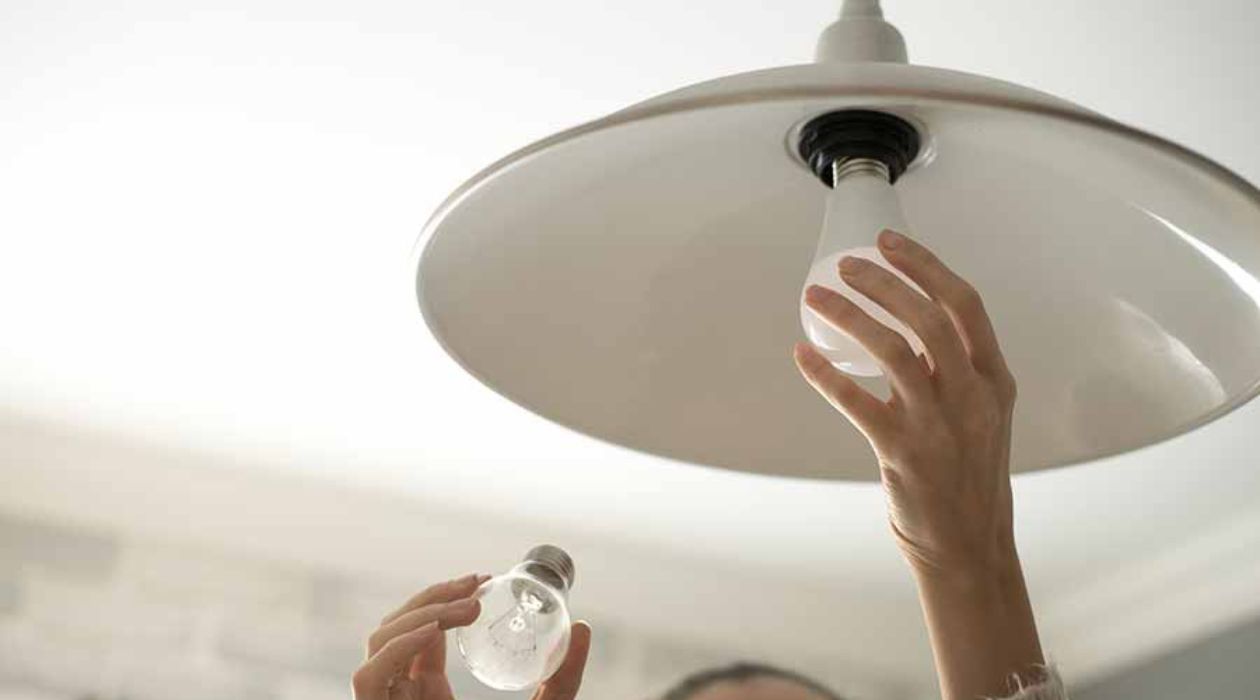
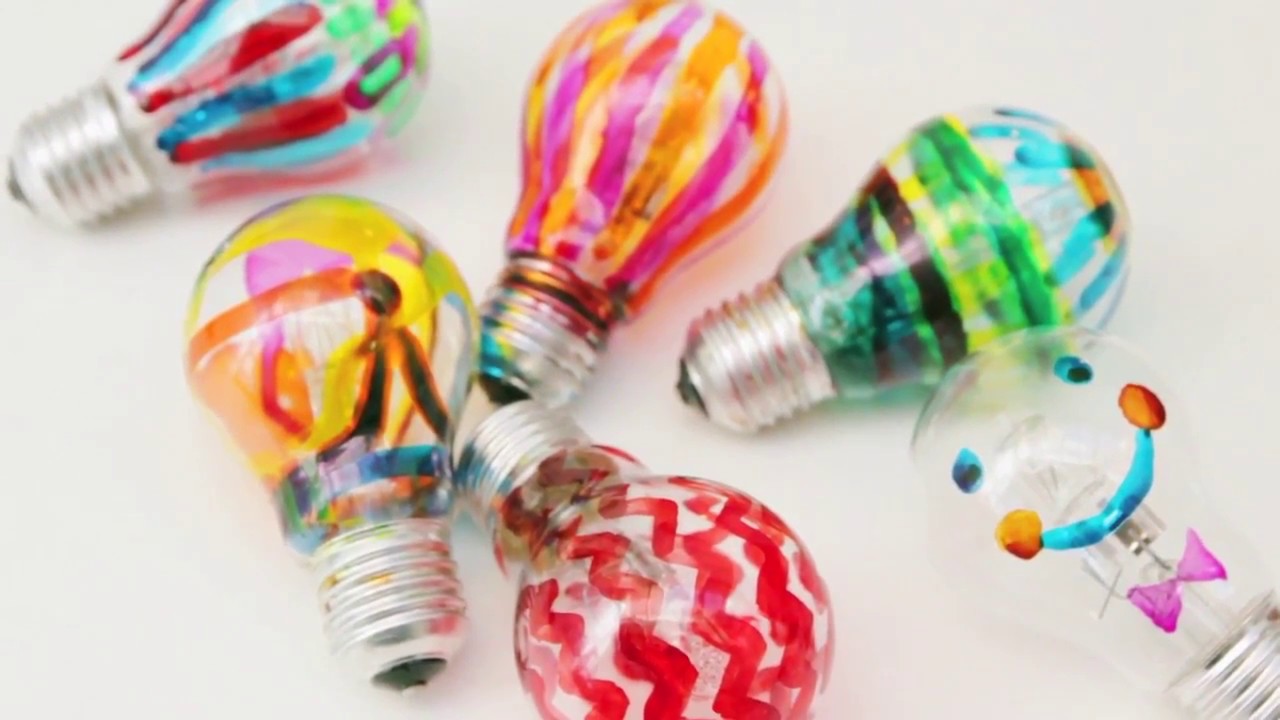
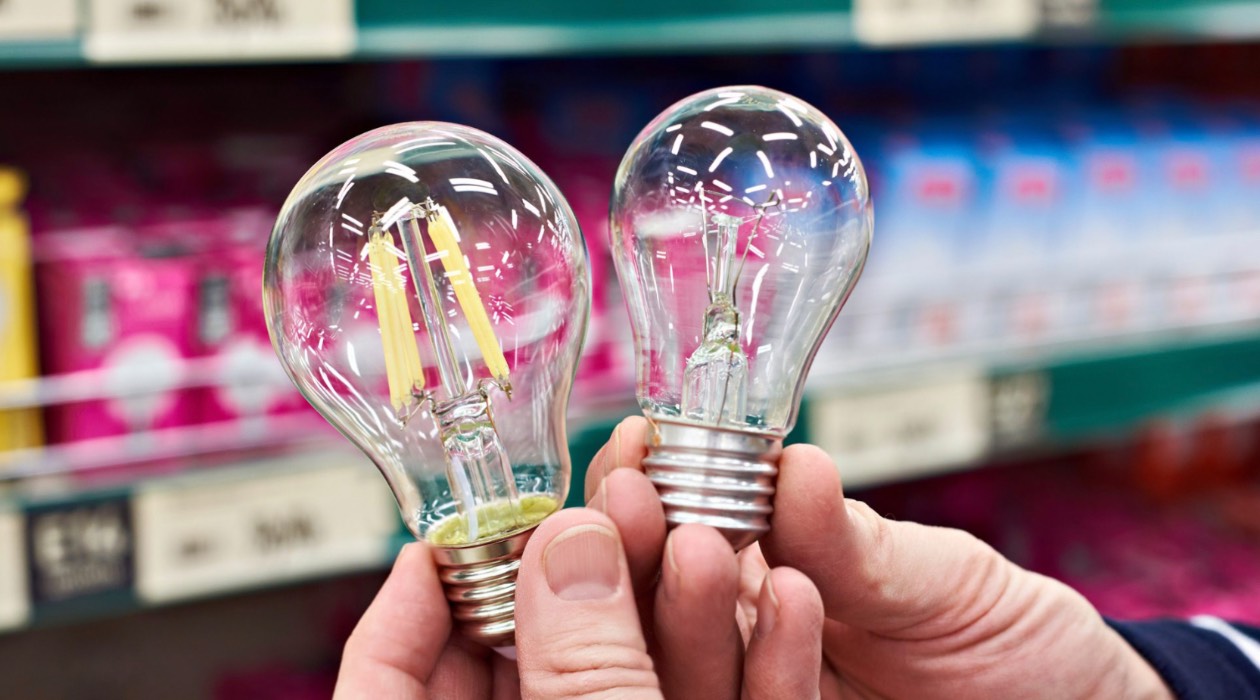

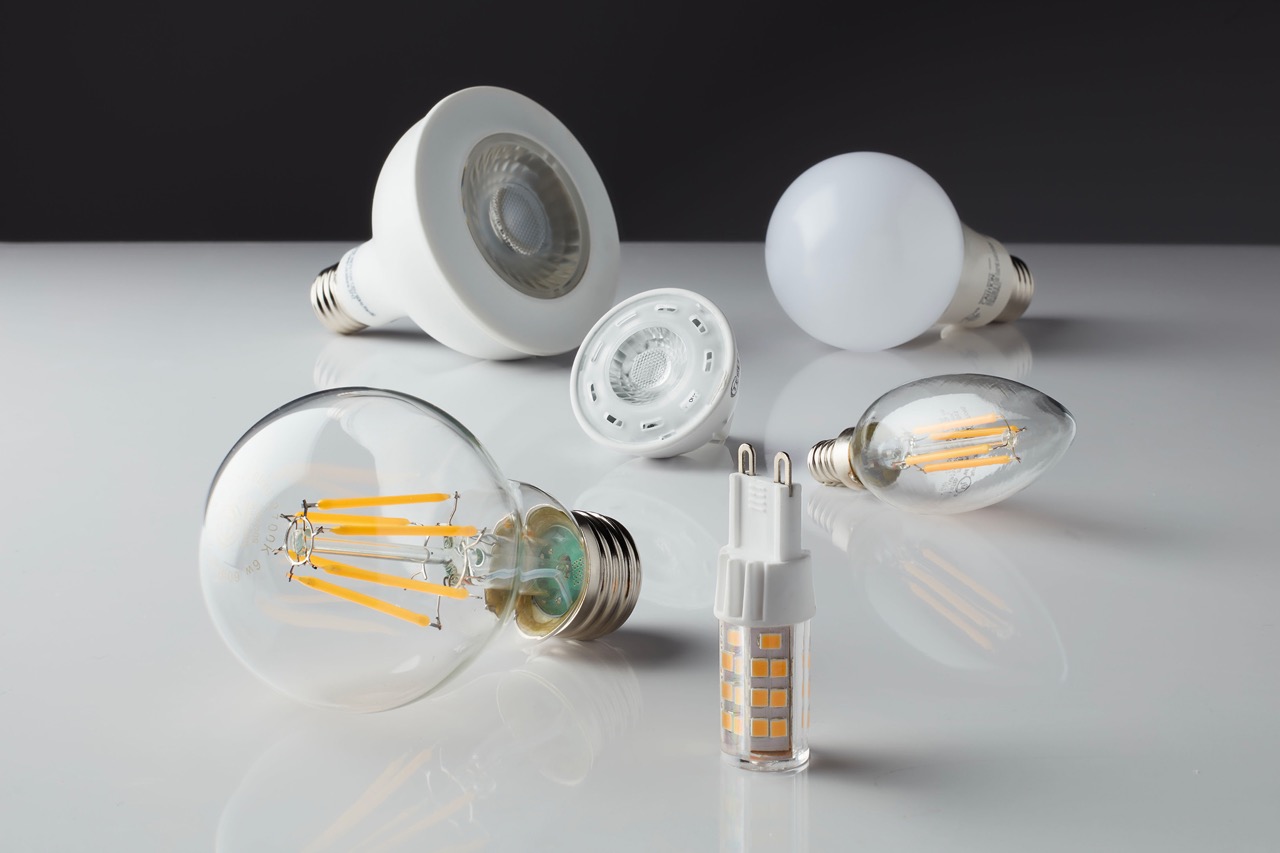
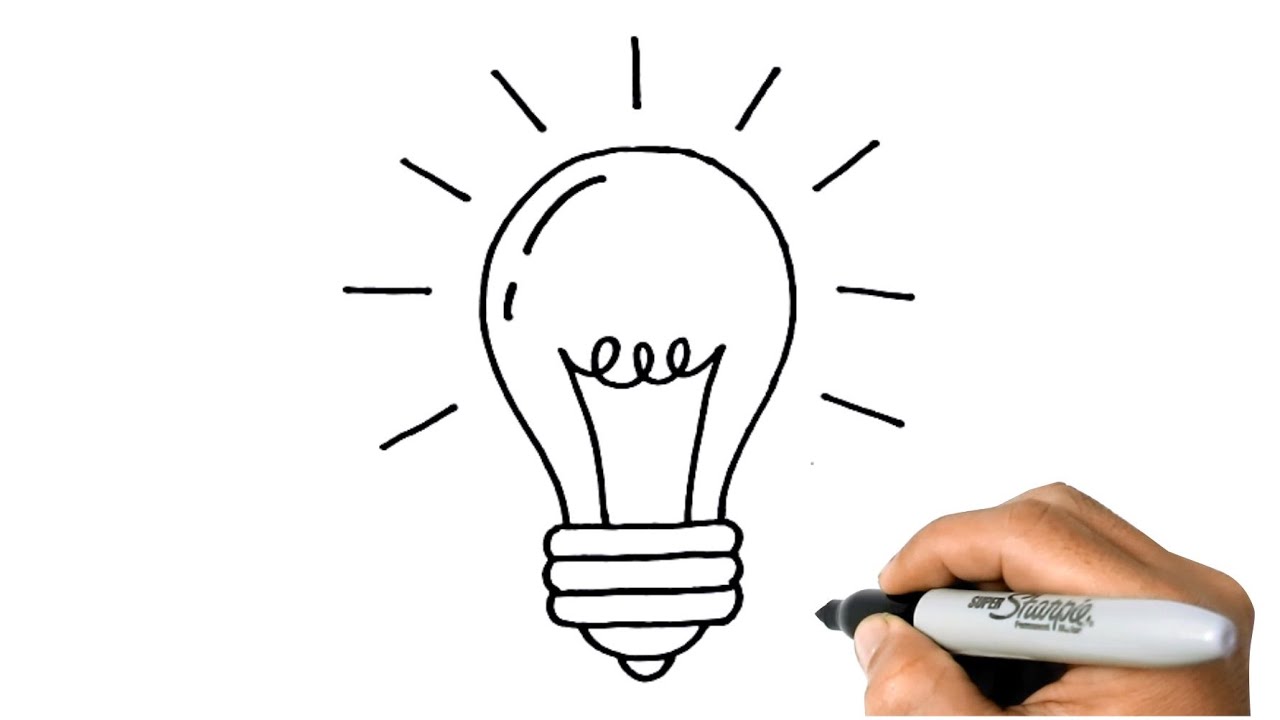
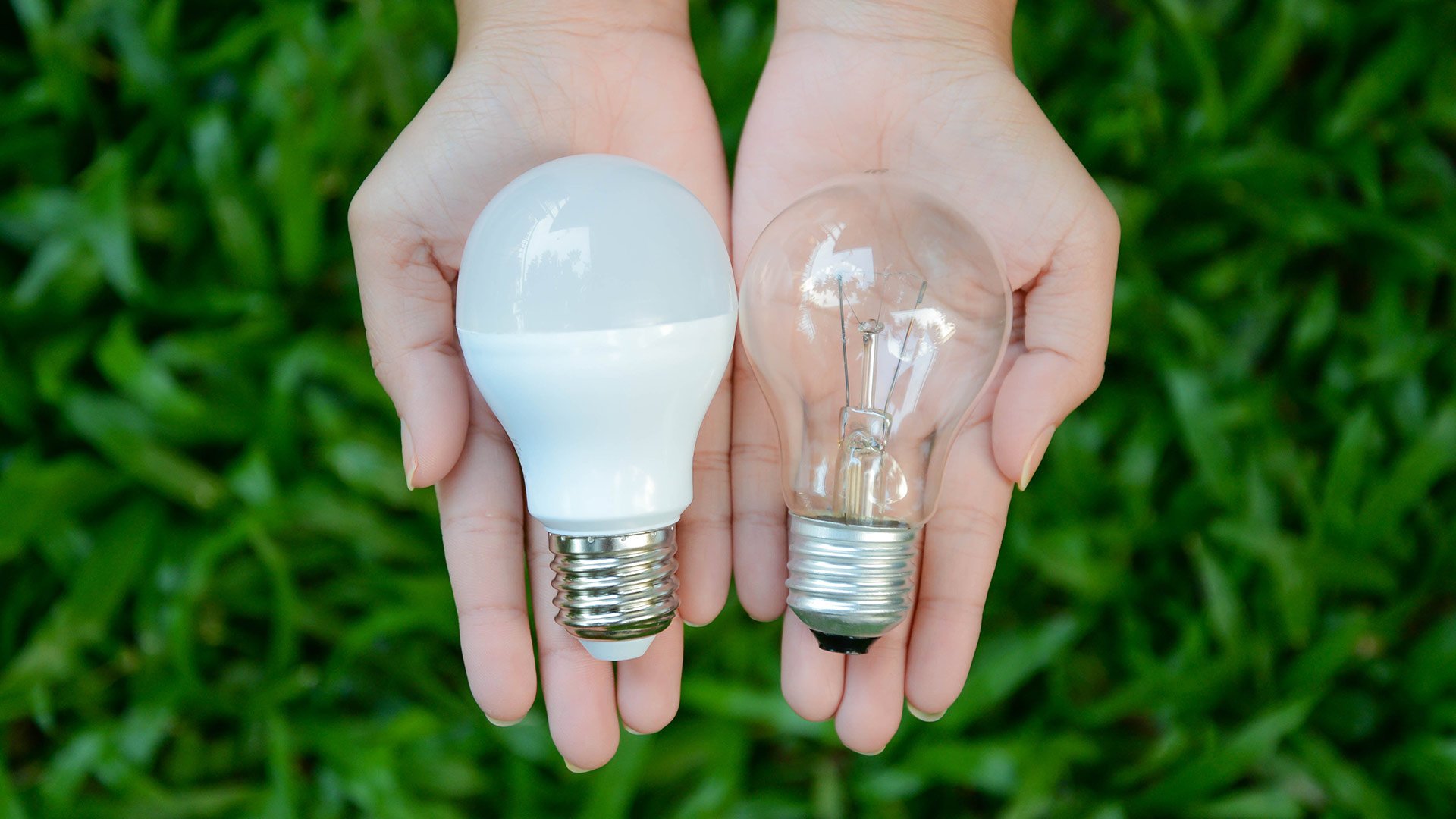
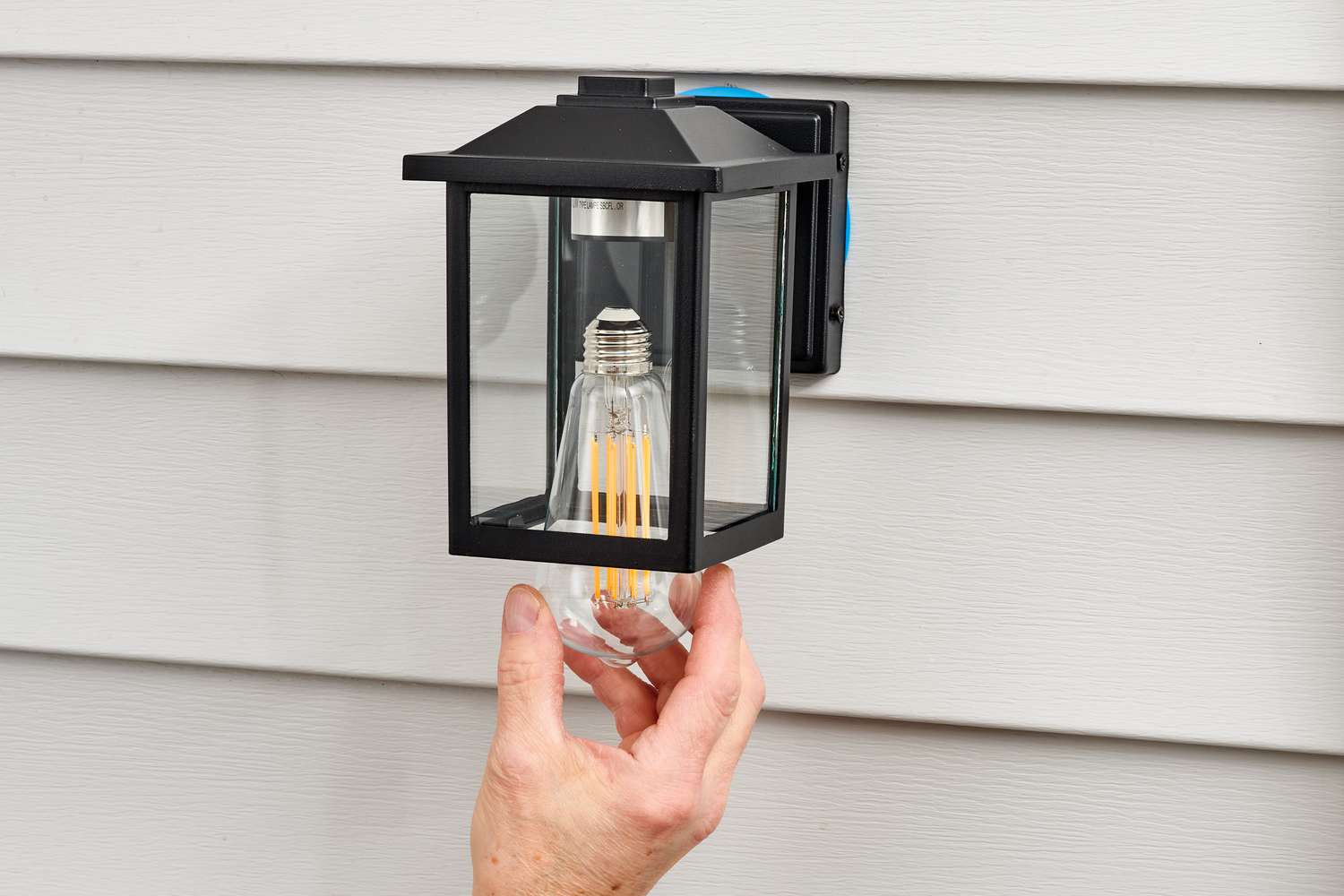
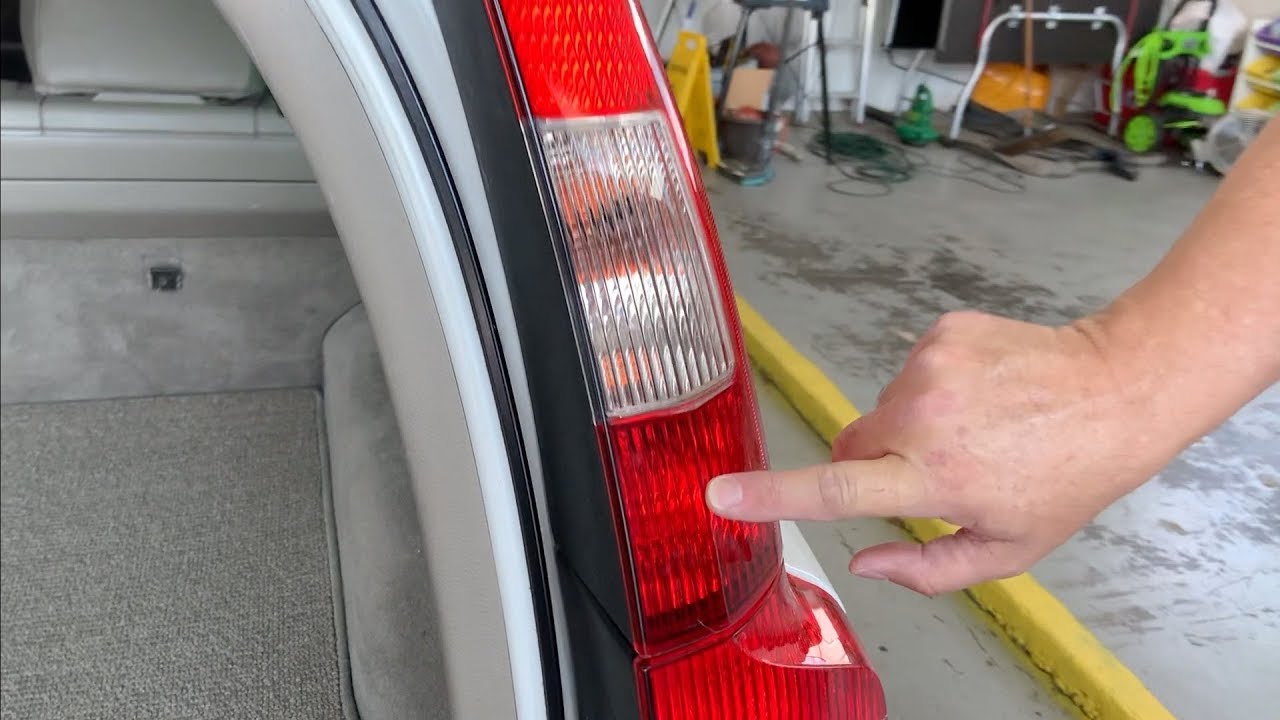
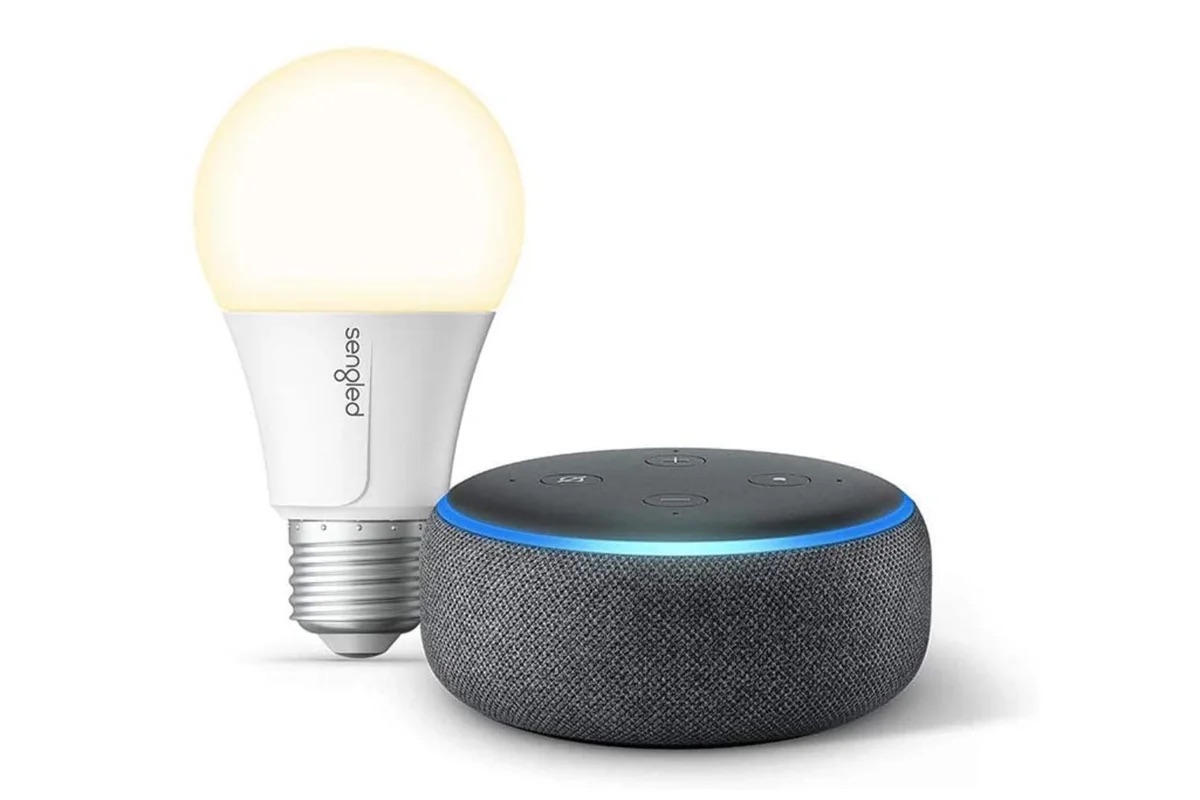
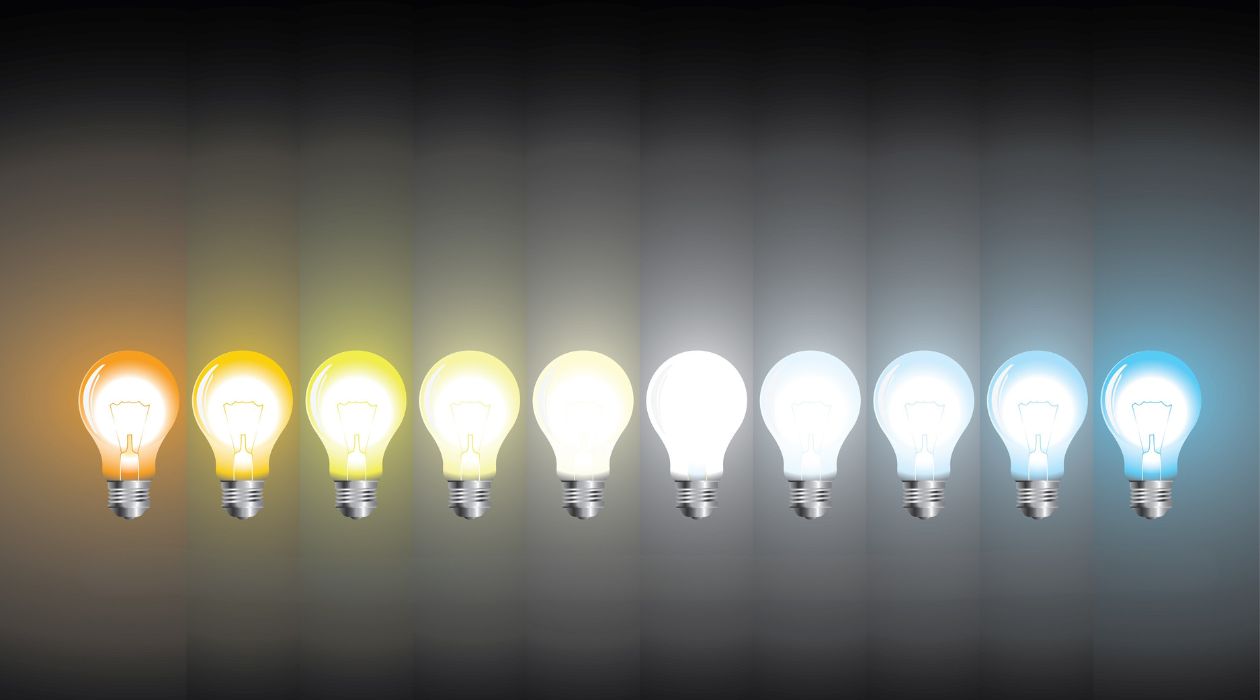
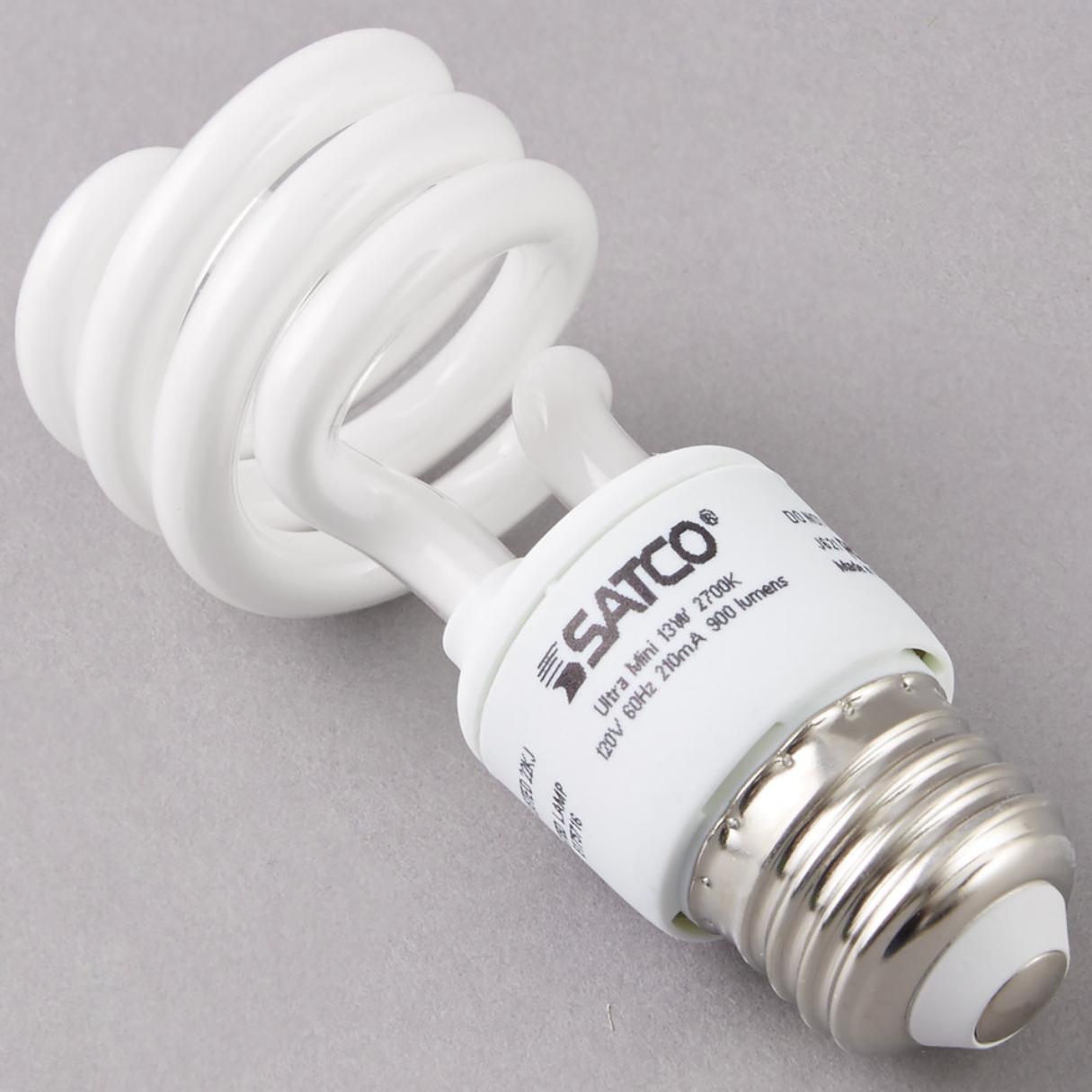
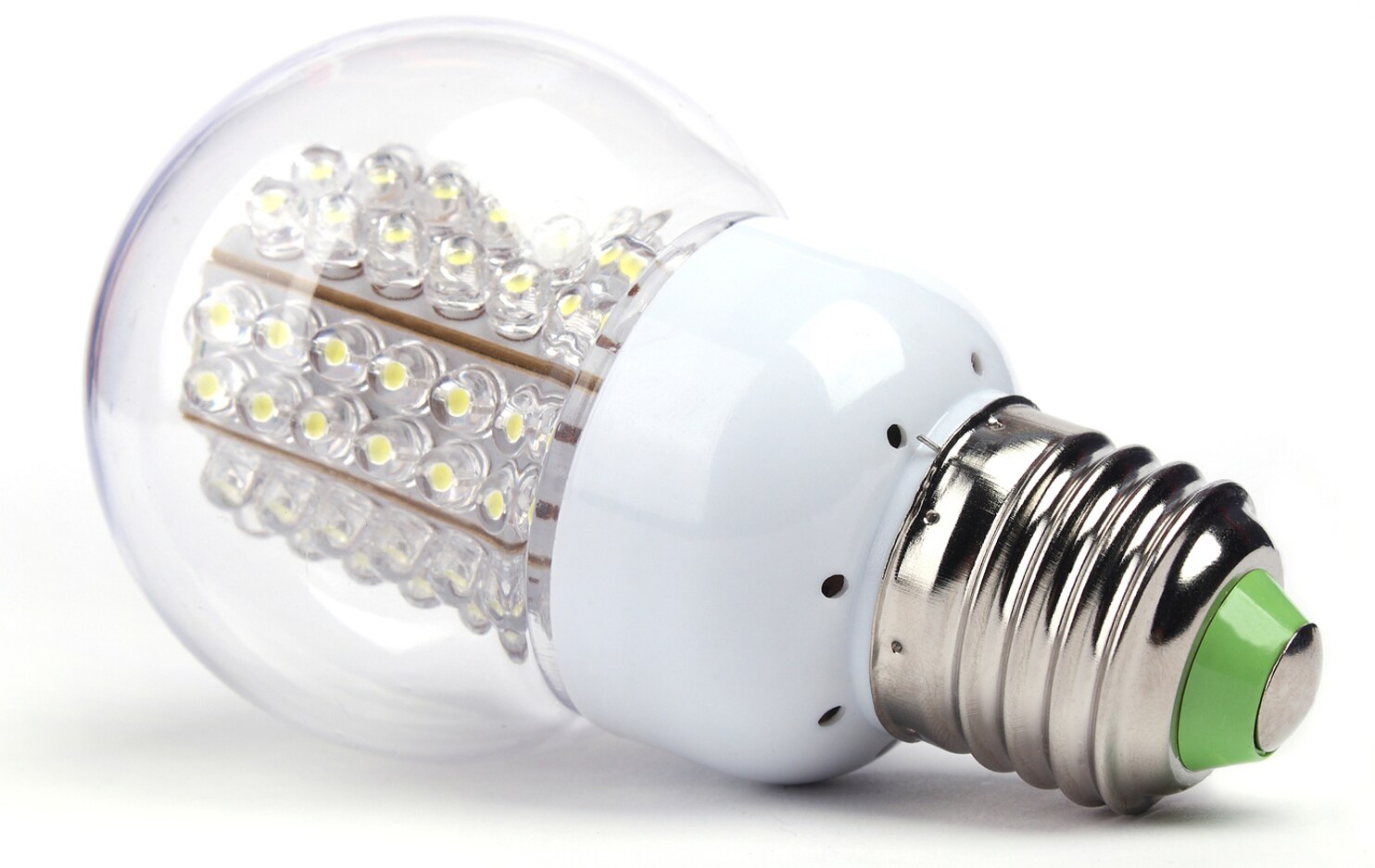
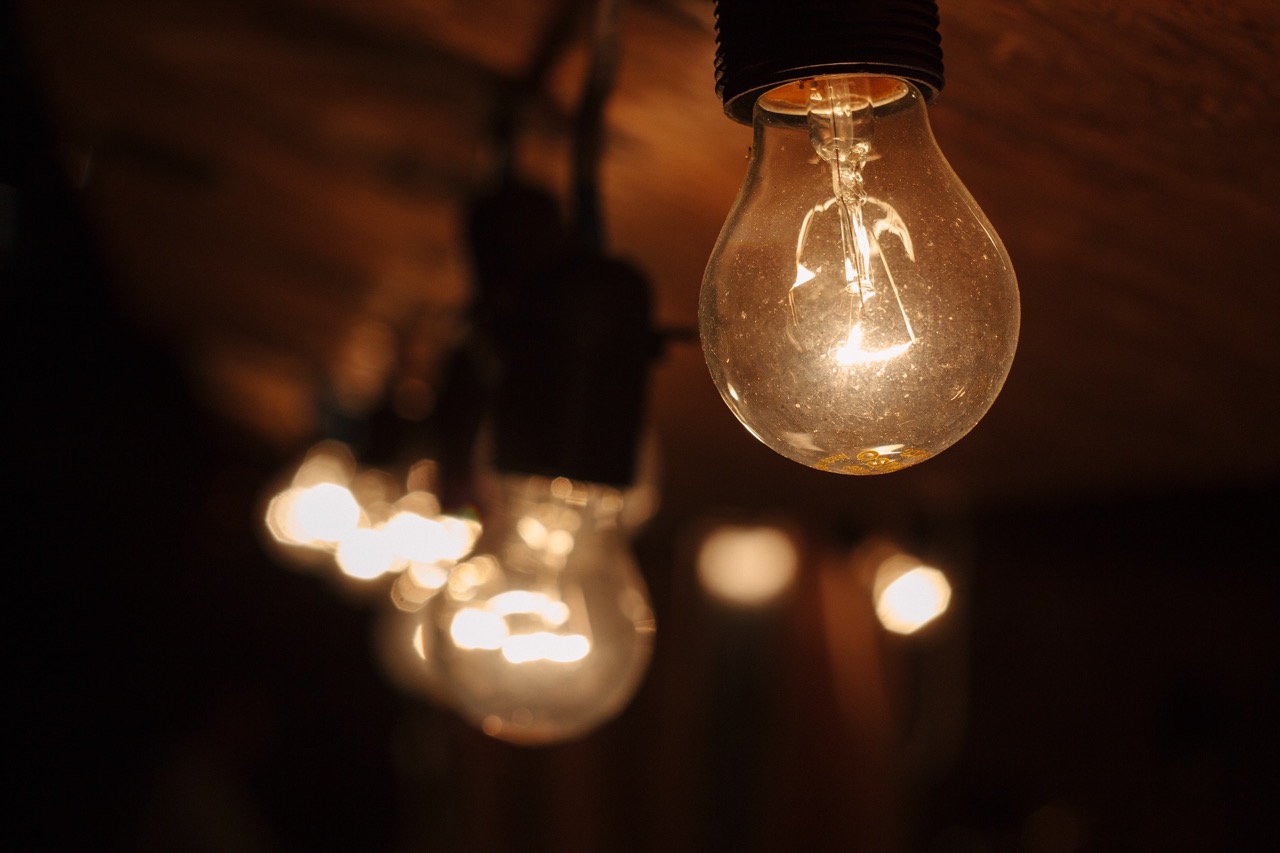

0 thoughts on “How To Dispose A Light Bulb”